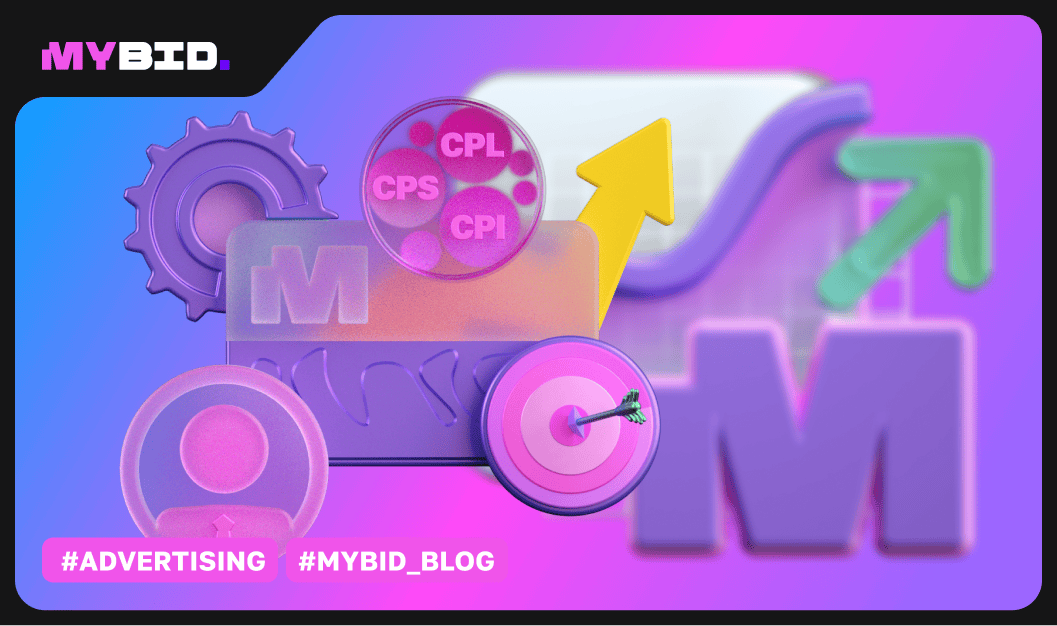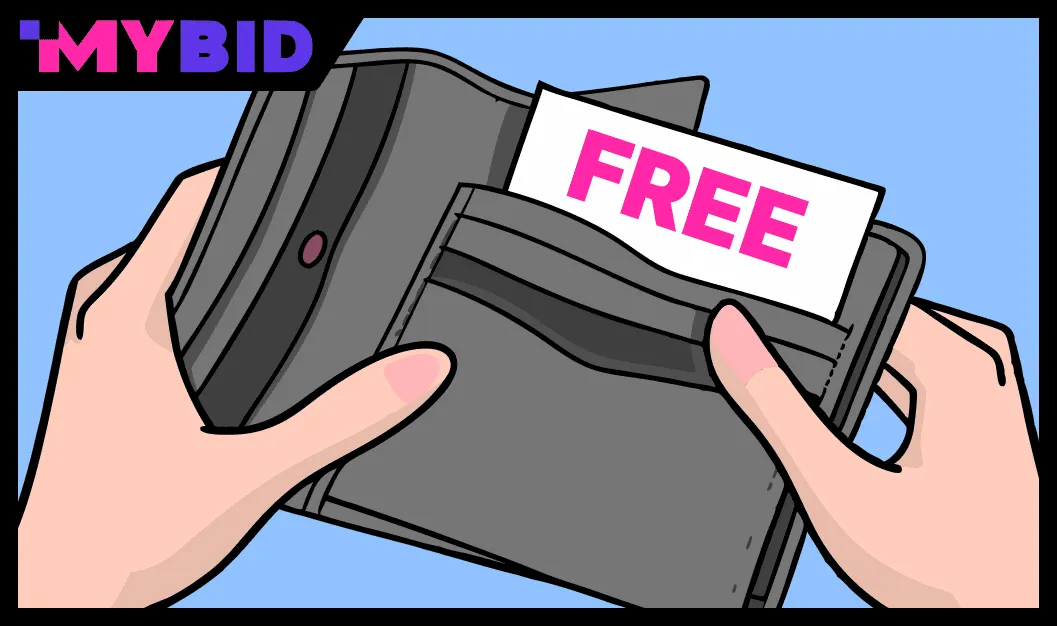As a marketer, one of your primary goals is to optimize your campaigns and maximize your ROI. To achieve this, you need to have a clear understanding of which marketing channels, campaigns, and creatives are driving the most traffic and conversions. This is where UTM tags come into play.
In this article, we'll dive deep into what UTM tags are, how to create and use them to supercharge your marketing campaigns.
What is a UTM tag and why is it needed?
A UTM tag is a little piece of code you add to the end of a web link. It lets you see exactly where your website visitors are coming from — whether it's a specific ad creative, marketing campaign, or landing page.
With UTM tags, you can easily see which landing pages get the most leads, which ads have the most clicks, and which platforms drive the most traffic to your site. This helps you focus your time and resources on the campaign elements that are working best.
UTM stands for "Urchin Tracking Module." Urchin Software created this technology back in 1995, and then Google bought the company in 2005 and built it into Google Analytics.
Today, almost every advertising and analytics platform uses UTM tags to help marketers track the performance of their campaigns.
Why use UTM tags
Using UTM tags is an important strategy for getting the most out of your advertising budget, especially when you're testing different campaigns and ideas. UTM tags are special codes you can add to your website links that help track where your website visitors are coming from and what they're doing on your site.
The main benefit of using UTM tags is that they allow you to identify which of your advertising approaches is performing the best. By closely monitoring the data on individual campaigns, landing pages, and traffic sources, you can figure out which ones are driving the most valuable customers. This lets you focus your advertising spending on the highest-performing elements.
Beyond just optimizing your budget, UTM tags provide a few other useful advantages:
- Keyword optimization: If you're running ads based on keywords, UTM tags can show you which keywords are most effective at driving leads or sales. This helps you spend your advertising money on the best keywords.
- Source identification: When it's unclear which advertising channel is bringing you the most valuable traffic, UTM tags can clearly show you the relative effectiveness of different platforms like social media, search engines, email, etc.
- Landing page optimization: UTM tags give you insight into how people are interacting with your landing pages. This data can guide you in improving the design and content of those pages to keep more people engaged and converting.
What does a link with a UTM tag consist of?
A regular web link just has the basic website address, like the one below:
But a link with UTM tags has some extra information added to the end of the URL to help with tracking and analytics:

UTM tags consist of five parameters that provide details about the traffic source and campaign. Three of these parameters are required, and two are optional.
Required parameters: These parameters are essential for analytics services to correctly determine the source of traffic and generate accurate statistics. They include:
- utm_campaign: This is the name of the campaign. It indicates where the lead came from, such as the name of the landing page or the title of the banner.
- utm_source: This specifies the traffic source, like Facebook, an email newsletter, or a social network.
- utm_medium: This tells you the type of traffic, such as push notifications, pop-ups, or banners.
Optional parameters: These parameters are used for advanced analytics. They include:
- utm_term: This is used for tracking keywords in contextual advertising. It helps identify which keywords led the user to the ad.
- utm_content: This is useful when you have multiple ads on the same landing page. It helps determine which specific ad the user clicked on.
In addition, it is important to take into account the syntax rules. To ensure UTM tags work correctly, follow these syntax rules:
- Start describing characteristics after the /? signs: This way, the analytics system will understand where the page URL ends and where the tracking details begin. Ensure that the label starts immediately after the question mark. Any random symbol or word there will break the link.
- Assign parameter values using the = Sign: Use the equals sign to assign the value of a label parameter. Avoid using dashes, commas, or other symbols, as they will prevent the advertising platform from working with the link.
- Separate different UTM tags with the & sign: Use the & sign to separate each tag. It's advisable to create no more than five tags in one link to avoid overloading the system. Each value must be separated by an & sign to ensure the system correctly processes the information.
Dynamic UTM tags
When managing a large number of ads and campaigns, it is more convenient to use dynamic parameters. These values are enclosed in curly braces {xxx}. Dynamic UTM tags adapt to user actions, allowing you to avoid manually numbering hundreds of ads and quickly highlight the most common keywords that users click on.
For example, different platforms offer their lists of dynamic parameters. Yandex Direct and Google Ads each have their own sets of parameters.
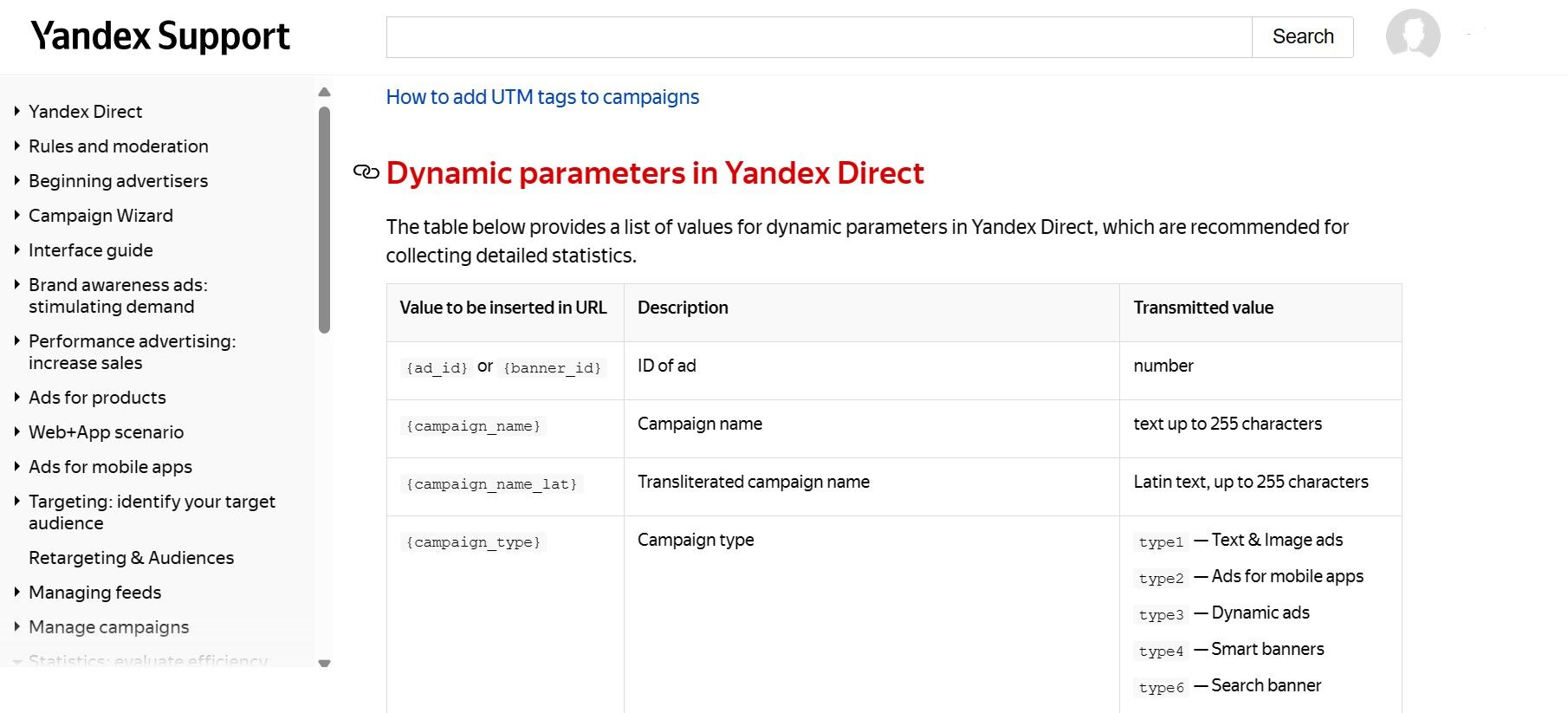
How to create UTM tags
Affiliates can create UTM tags manually or by using special services known as link generators. Here’s how it works:
- Creating UTM Tags Manually
If an affiliate or media buyer knows which parameters they need to track, they can write a tag without outside help. Many sites provide templates, allowing the tool to be configured in just a few minutes. This method is suitable for experienced affiliates because even a single mistake can confuse the analytics system and prevent it from collecting the necessary data. Therefore, auxiliary services are often used. - Using UTM Tag Generators
The Internet is full of sites that can generate a UTM tag instantly based on specified parameters. The user simply sets the characteristics to be tracked, and the system generates a UTM tag. These services are typically free, making it easy to find a suitable option.
Sometimes, websites automatically add UTM tags to links, which simplifies the analytics process.
How to set up a UTM tag on different advertising networks
Initially, UTM tags were only used with Google Analytics. Now, this technology is available on almost any similar platform. However, the setup process can differ slightly. Below, we’ll look at how to add a UTM tag in Google Ads and Facebook.
Google Ads
Setting up UTM tags in Google Ads is a bit more complex than on other platforms. Here’s how to do it:
- Access ad settings: Go to your ad settings.
- Select “Campaign URL Options”: In the campaign settings, find and select “Campaign URL Options.”
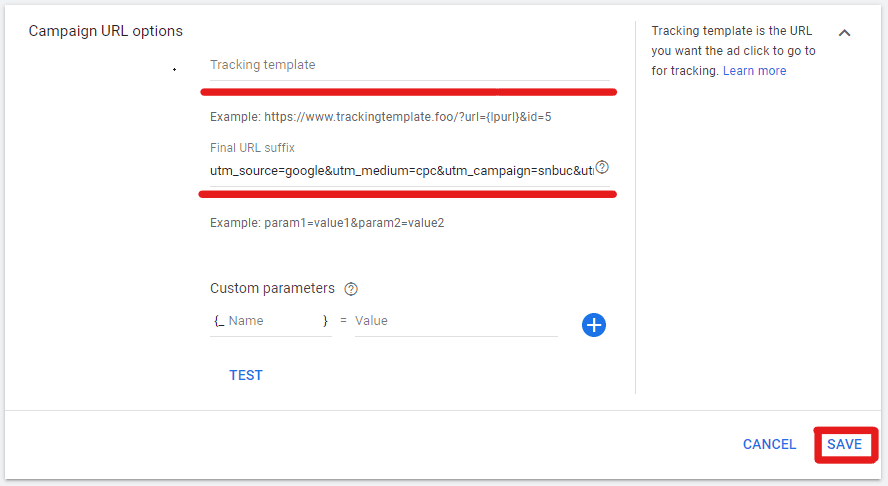
- Add tracking template: In the “Tracking Template” column, add all the necessary values.
- Save: Save the finished link.
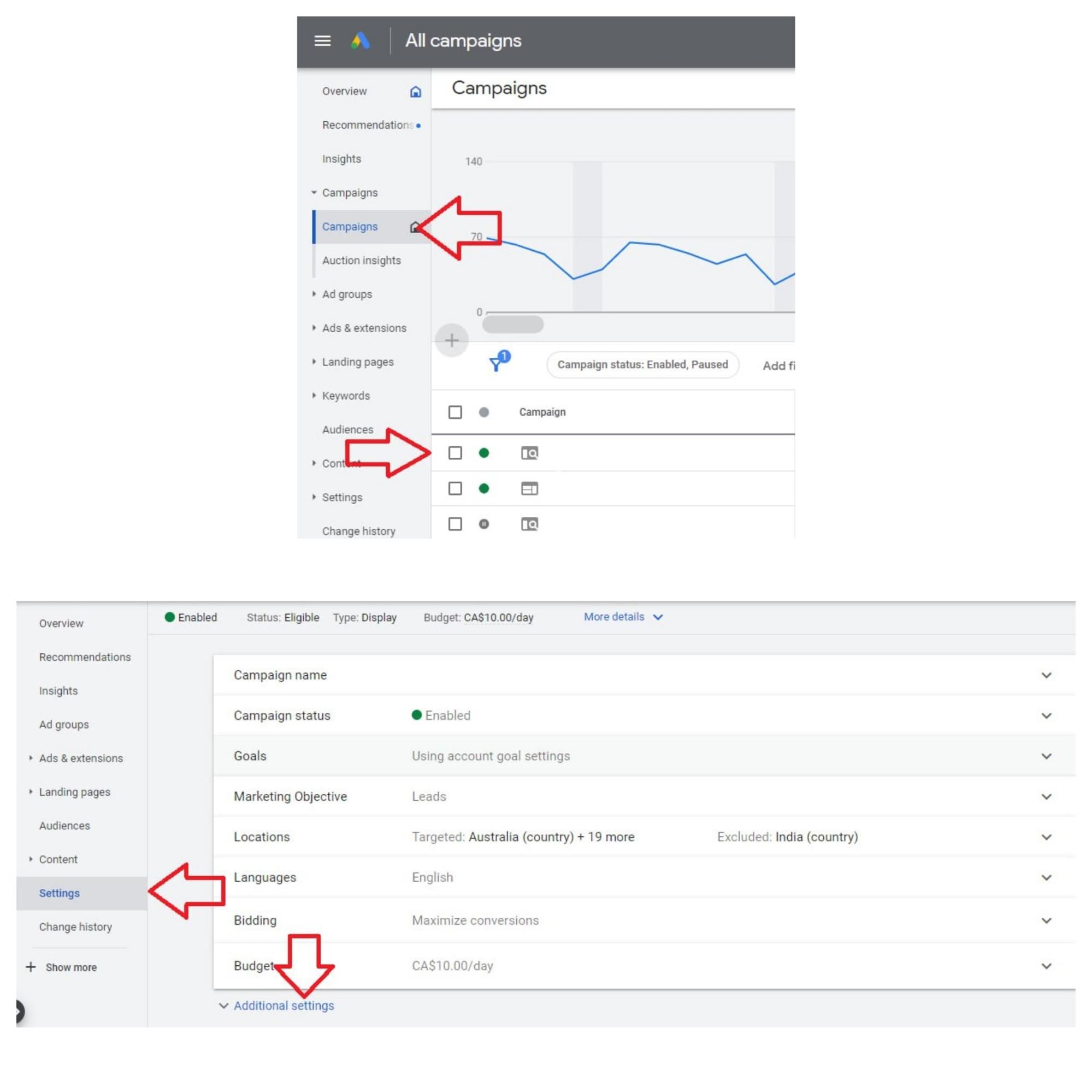 Facebook Ads
Facebook Ads
To set up UTM tags in Facebook Ads Manager:
- Access campaign settings: Go to the advertising campaign settings.
- Go to the ads section: Go to the ads section.
- Create URL parameter: Click on the “Build a URL parameter” button.

- Fill Out fields: The affiliate needs to fill out the proposed fields.
- Save: The site will begin collecting analytics using the link with UTM elements.

Is it possible to put a UTM tag on AMP?
AMP, or Accelerated Mobile Pages, are specially adapted for mobile devices to load content and ads quickly, even with a low Internet connection. For affiliates, AMP is useful for two main reasons:
For affiliates, AMP is useful for two reasons:
- Increased page loading speed: AMPs load content up to three times faster than regular pages by disabling some page elements like JS libraries and most CSS and replacing some HTML tags with AMP-specific code. This directly affects conversion rates.
- Reduced internet data usage: AMPs consume less internet traffic, which is especially important for Tier-3 countries where unlimited data plans are rare. This can lead to users staying online longer and moving through longer sales funnels.
Affiliates can install a UTM tag on AMP if the chosen platform supports such technology. Installation instructions can be found in the service documentation.
Some tips for working with UTM tags
When working with UTM tags, affiliates often make several mistakes that prevent analytics systems from collecting data on advertising campaigns. To avoid wasting your budget and obtain relevant statistics, consider the following tips:
- Check the syntax of the UTM tag:
Affiliates sometimes confuse capital letters with lowercase letters. For analytics systems, the values of the parameters “Popup” and “popup” are not the same. This discrepancy can lead to missing or incorrect statistics.
Additionally, ensure there are no spaces in the UTM tag text. Use underscores (_) instead. This is particularly important if affiliates or media buyers are typing the text manually. - Carefully fill out the required parameters:
As mentioned earlier, some parameters are required while others are optional. Forgetting even one required parameter can cause the tag to malfunction. To avoid this error, use UTM tag generators. These tools create a working template where you only need to substitute the required values. - Collect all tags in one place:
When you're working with just a few campaigns and traffic sources, it's easy to keep track of all the tags you need to use. But when you've got a ton of different traffic sources and ads to manage, you really need something like a spreadsheet to stay organized.
Filling out those spreadsheets by hand can be a real pain though. It takes up a lot of time that you could be spending on actually improving your ads. Luckily, the MyBid advertising network gives each affiliate their own personal manager who can handle all that administrative stuff for you, which saves you a ton of time.
Conclusion
If needed, you can shorten your tags using URL-shortening websites. But make sure to double-check that the shortened tags are still working properly afterwards. Most regular users won't even notice the UTM tags in the links, so shortening them is really just for your own convenience as an affiliate.
Another thing to keep in mind is the order of the UTM parameters. For example, Yandex.Direct wants them in this order: utm_source, utm_medium, utm_campaign, utm_content, utm_term. Google Ads is more flexible and will accept them in any order.
To make your life easier and avoid mistakes, we really recommend using a UTM tag generator tool. It'll save you time and make sure your tags are set up correctly.
